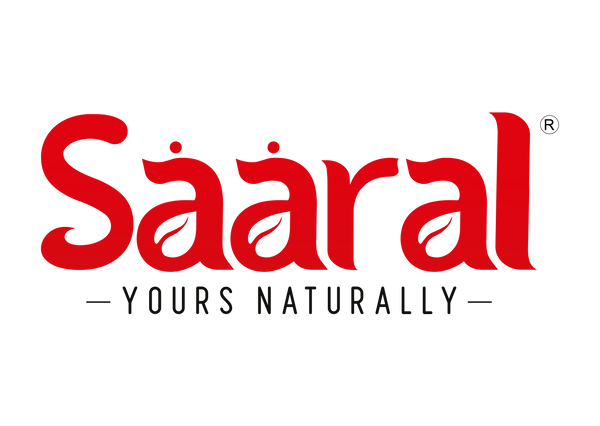Cereal grains have contributed to the growth of the human race for ages and play a vital part in the daily diet of billions of people all over the world. Millets are one of the ancient grains of the world domesticated in Africa, India and other Asian countries. Millet crops are grown in arid and semi-arid regions. In India, grown mostly in the Deccan, the cultivation extends to the foothills of the Himalayas. Once a poor man’s staple, now adorns the plates of affluent and health-conscious people.
Interestingly, many millet farmers practice a mixed cropping system that not only increases farm productivity but also increases on-farm biodiversity and sustainability, by improving soil fertility and suppression of pests and diseases.
Kodo Millet, a native tropical African millet, believed to be domesticated in India for about 3000 years is rich in fibre and protein. Compared to white rice or wheat, unpolished Kodo millet controls blood sugar and cholesterol levels. Idli, dosa or chapatti are easily digestible but lead to excessive insulin secretion causing weight gain. Eating unpolished Varagu Arisi aka Kodo Rice makes you feel easily satiated as it is high in fibre and protein, reducing your intake. This stimulates the digestive juices and ensures slow digestion.
The high amount of lecithin in Kodo Millet helps strengthen the nervous system.
It is very beneficial for postmenopausal women suffering from metabolic diseases like cardiovascular disease, high blood pressure and cholesterol levels. It also helps hydrate the colon and prevent constipation.
Kodo Millet (Varagu Arisi) is environmentally friendly, and by consuming them, we encourage farmers in arid and semi-arid areas to grow crops best suited for those regions – another step towards sustainable farming.
Nutritional Content of Kodo Millet
Here’s the nutritional content of 100g of Kodo Millet at 12% moisture content
|
Nutrition |
Composition |
|
Protein |
8.3 g |
|
Fat |
1.4 g |
|
CHO |
65.9 g |
|
Fibre |
9.0 g |
|
Minerals |
2.6 g |
|
Iron |
0.5 mg |
|
Phosphorous |
188 mg |
|
Calcium |
27 mg |
|
Thiamine |
0.33 mg |
|
Riboflavin |
0.09 mg |
|
Niacin |
0.2 mg |
There is no need to give up the food you love. Just replacing one or two of the ingredients with millets will let you end up eating a tasty, balanced diet and one that’s nutritious too. A power-packed breakfast platter of fruits, nuts and vegetables now has another valuable addition: A bowl of millets. So, the menu now has Varagu (Kodo) Karuveppilai rice and many other varieties. The acceptability of millets is increasing. What we need to do is get creative with recipes to improve their palatability.

